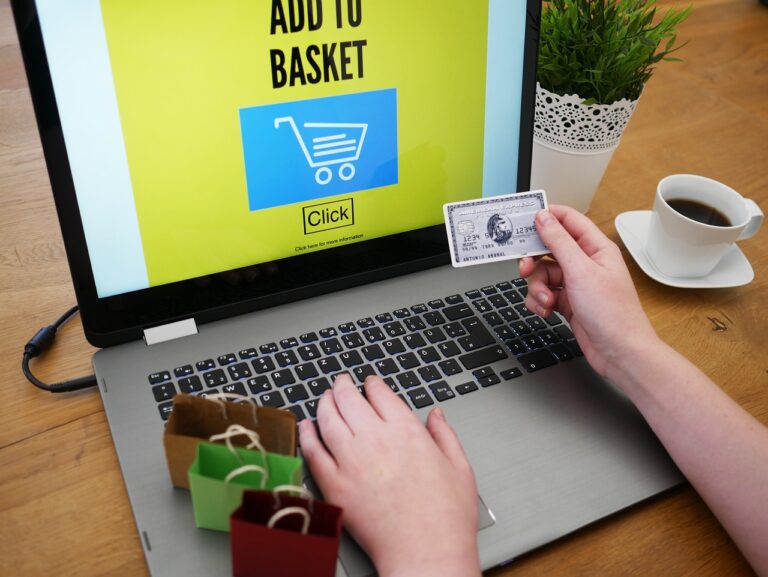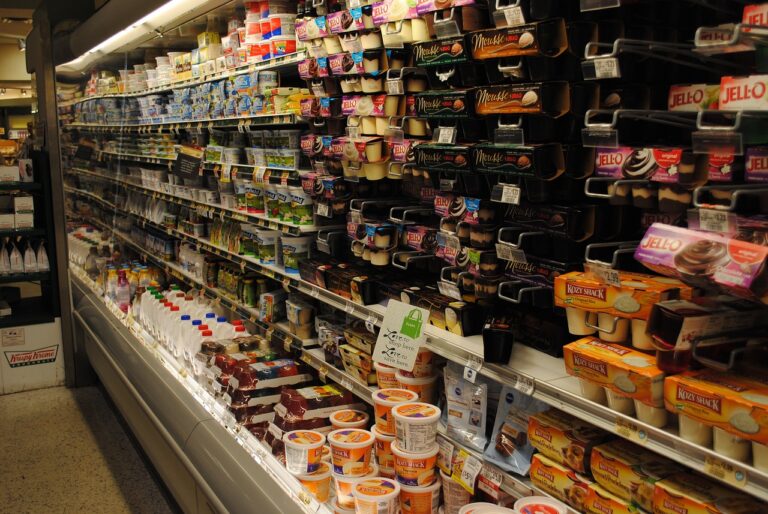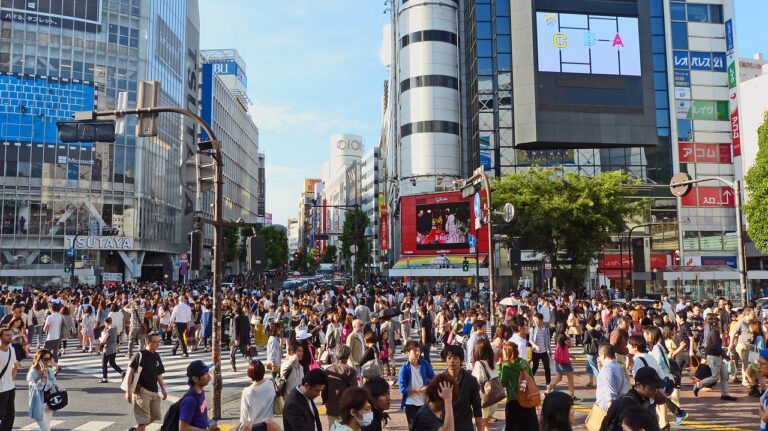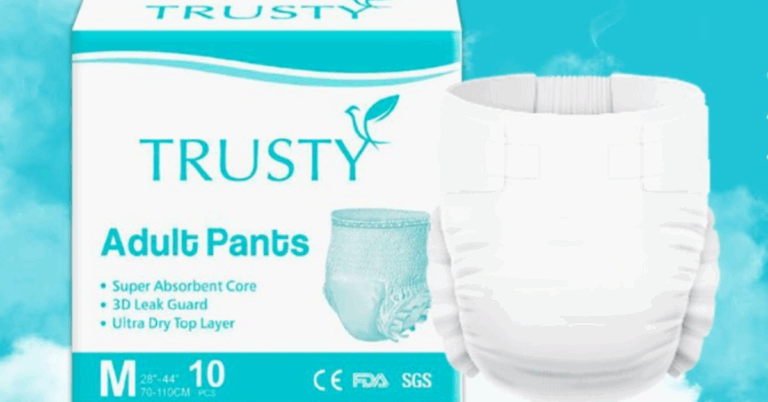The Evolution of Sustainable Packaging Solutions in Retail
Sustainable packaging has evolved over the years in response to growing environmental concerns and the need for more eco-conscious practices across industries. In the past, packaging materials were often single-use and non-biodegradable, leading to significant waste generation and harm to the environment. However, as awareness around sustainability increased, the focus shifted towards developing packaging solutions that minimized environmental impact.
The history of sustainable packaging can be traced back to the early 20th century when recyclable and reusable materials started gaining traction. Glass bottles, paper bags, and metal containers were among the first sustainable packaging options to be widely used. Over time, advancements in technology and materials science led to the development of biodegradable plastics, compostable packaging, and other innovative solutions aimed at reducing waste and carbon footprint.
Challenges in Traditional Packaging Practices
Traditional packaging practices have long been rooted in convenience and cost-efficiency, often prioritizing short-term benefits over long-term sustainability. This approach has led to the proliferation of single-use plastics and other non-biodegradable materials that contribute to environmental degradation. Industries across the globe have grappled with the consequences of these practices, facing mounting pressure from consumers and regulatory bodies to shift towards more eco-friendly solutions.
Moreover, the disposal of traditional packaging materials poses a significant challenge, as landfills continue to overflow with non-recyclable waste. The lack of effective recycling infrastructure further exacerbates the problem, making it difficult to properly manage and dispose of the vast quantities of packaging waste generated each year. As a result, traditional packaging practices have come under scrutiny for their negative impact on the environment and human health, prompting a growing urgency to find sustainable alternatives.
The Rise of Eco-Friendly Alternatives
As consumer demand for eco-friendly products continues to grow, the rise of sustainable packaging alternatives has gained significant momentum in recent years. With the detrimental environmental impact of traditional packaging practices becoming more apparent, companies are increasingly exploring and embracing innovative solutions to reduce their carbon footprint. This shift towards eco-friendly packaging is not only driven by customer preferences but also by a collective global effort to address the pressing issue of plastic pollution.
Eco-friendly packaging options such as biodegradable materials, compostable packaging, and recyclable packaging have become popular choices for businesses aiming to adopt more sustainable practices. These alternatives not only help reduce the amount of waste ending up in landfills but also play a crucial role in conserving natural resources and minimizing pollution. Moreover, the emergence of new technologies and advancements in sustainable packaging solutions offer promising opportunities for companies to align their operations with environmentally conscious practices, fostering a more sustainable future for generations to come.






